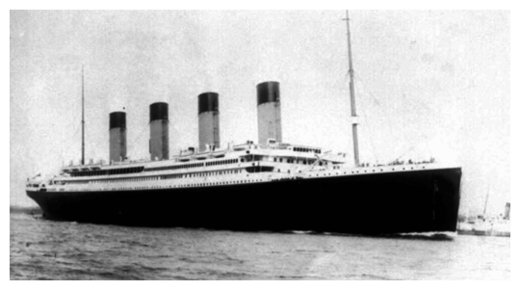
© Associated PressUndated file photo of the doomed liner the S.S. Titanic. Salvage operators hope to raise a large chunk of the British liner, which sunk on it's maiden voyage 84 years ago, when it struck an iceberg in the north Atlantic. More than 1500 people died in the icy waters of the Atlantic when Titanic sank.
It was fire, not ice: In a new documentary, an expert provides evidence that a fire weakened
Titanic's hull before an iceberg dealt the fatal blow.
The standard tale holds that the massive, "unsinkable" luxury cruiser foundered when an iceberg ripped through its hull, leaving more than 1,500 of its passengers to die in freezing waters only days into its April 1912 maiden voyage.
That's almost right, says journalist Senan Molony.
But instead of being a tale of hubris, Titanic and her passengers were victims of criminal negligence.In fact, he contends, before the ship even left the Belfast shipyard where it was made, a massive fire weakened the great ship — exactly in the area the iceberg would puncture.
"The official
Titanic inquiry branded [the sinking] as an act of God. This isn't a simple story of colliding with an iceberg and sinking. It's a perfect storm of extraordinary factors coming together: fire, ice and criminal negligence," Molony explains, according to the UK
Telegraph.
Molony, who has been studying the
Titanic for 30 years, examined rarely seen photographs taken by
Titanic's chief electrical engineer before it left the shipyard to identify black marks left by the fire on the front right-hand side of the ship's hull.
The photos came to light in a recent private auction,
The Sun reports. They show 30-foot long black streaks — just where the iceberg would later strike.
"We appear to have a weakness or damage to the hull in that specific place, before she even left Belfast," Molony said.
He notes that there is a "myth" of a 300-foot gash opened up by the iceberg in Titanic's side, "but when the wreckage was examined, people were perplexed because they couldn't find anything like it."
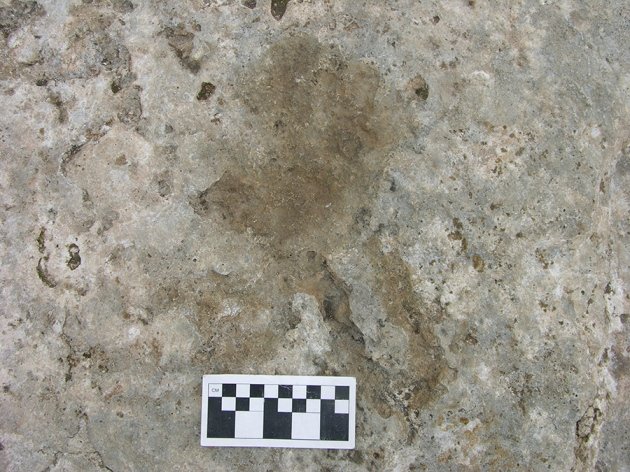



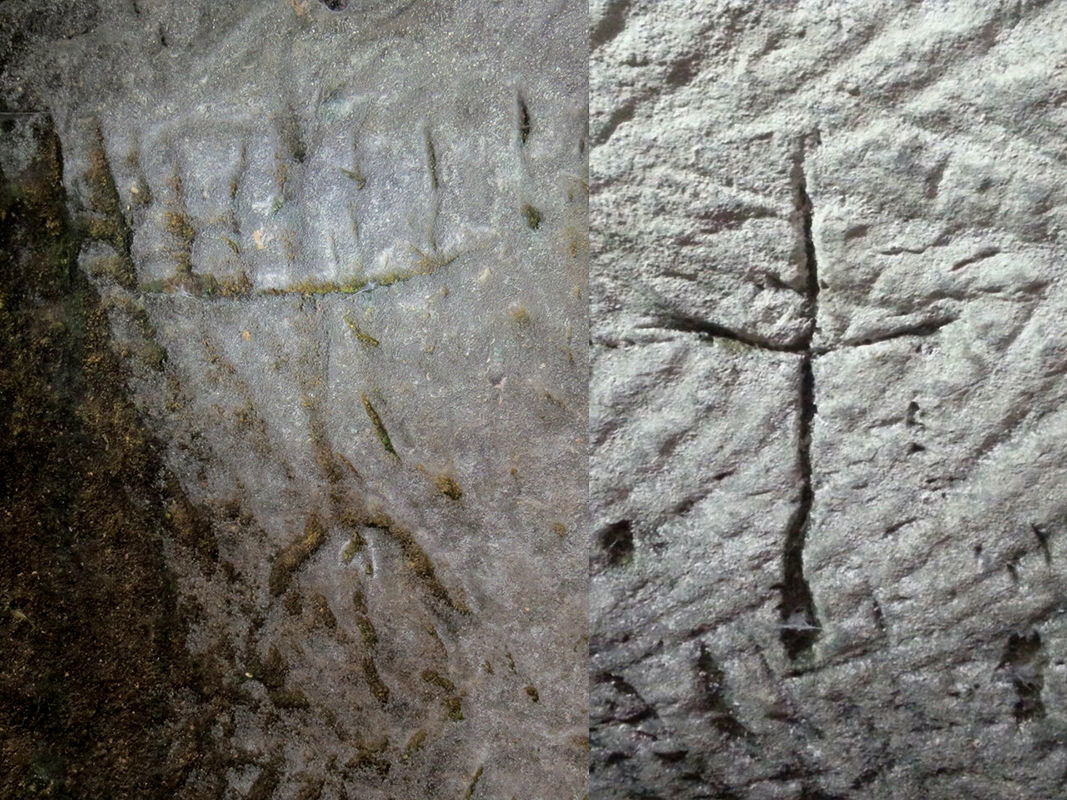
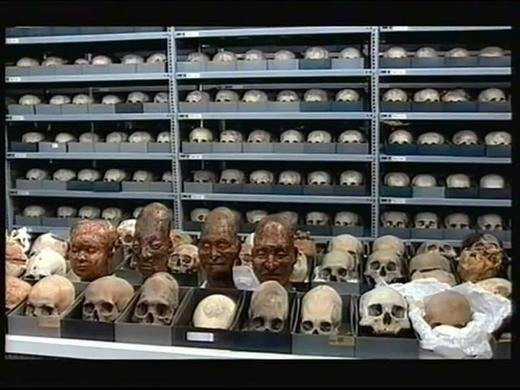

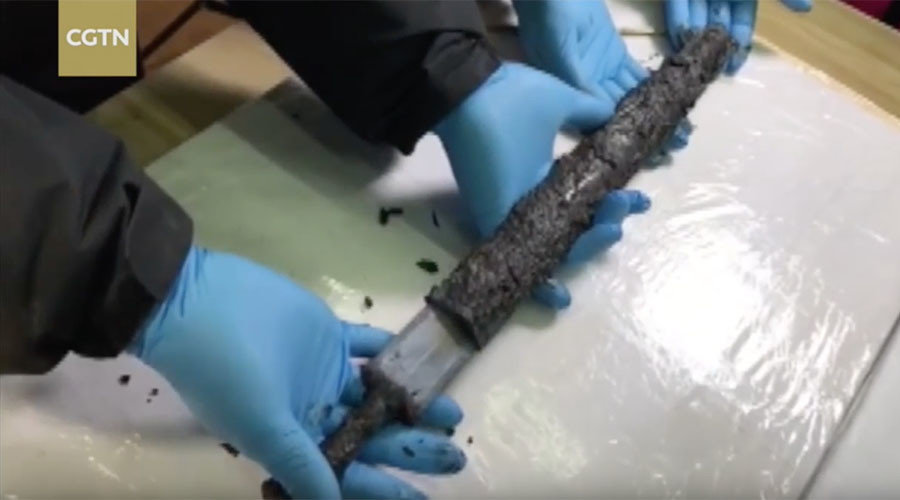
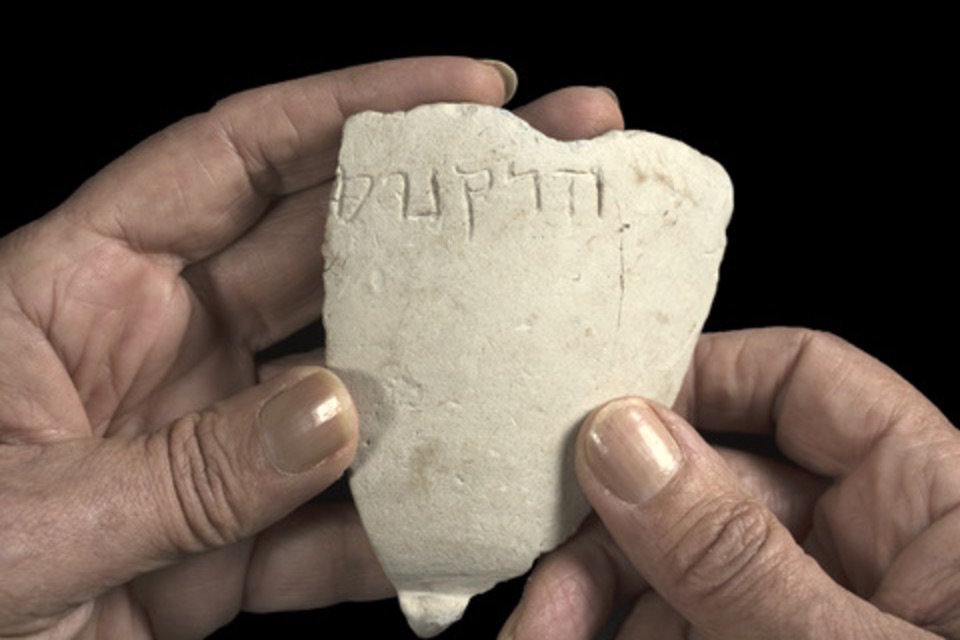




Comment: As much as there was a marked progression in helping scientists to gain recognition and find avenues for publishing their works that did not depend on rich donors or patrons to satisfy, these institutions also later became corrupt and ponerized. The 'religion of science' was born. The halls of science, which were once about discovery and progress, ended up becoming dogmatic and rigid in their thinking, where new ideas and challenging the old beliefs became akin to heresy.